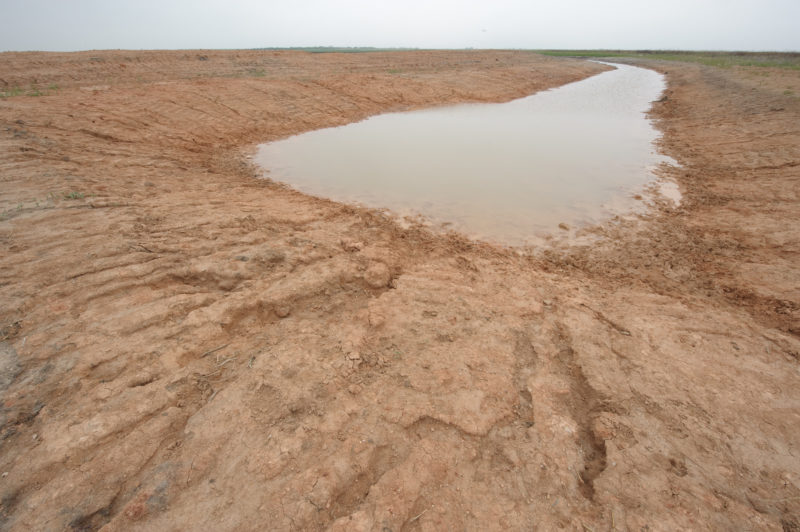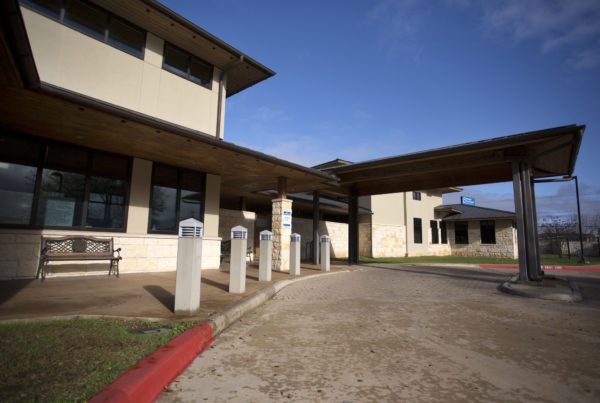The latest U.S. Drought Monitor Map shows most of Texas is in some stage of drought. The worst of it is up in the Panhandle, but almost everything southwest of the Brazos is affected.
Drought has long been a reality in Texas, and while the last few years have been wetter and lakes have refilled, the most recent drought of record isn’t that far removed. And the next one may not be too far away.
Texas is a bellwether for water debates across the nation as a whole, as journalist Seamus McGraw argues in his new book, “A Thirsty Land: The Making of an American Water Crisis.”
“Every possible manifestation of a looming water crisis across the United States can be found somewhere in Texas,” McGraw says. “And the other thing that is fascinating about Texas is that every possible human response to it can also be found in Texas.”
McGraw says climate change already has a significant impact in Texas, with dry times getting dryer and closer together, and wet times getting wetter. He predicts that storms will become more destructive in the Lone Star State, not necessarily because the storms themselves are more destructive, but because there’s more to destroy.
“You are a fast growing state, your population is skyrocketing,” McGraw says. “And there is not a single drop of water in the world today that wasn’t here at the beginning. It’s not that there isn’t enough water necessarily, it’s that there isn’t enough water where we have deemed we need it.”
Since the worst drought on record took place in the 1950s, there have been at least two more droughts that were about as deep. McGraw says the response hasn’t been sufficient.
“The reality is that droughts like that are not at all uncommon in Texas’ history,” McGraw says. “As the state itself acknowledges, you are simply not ready for another drought of record.”
Written by César E. López Linares.
















